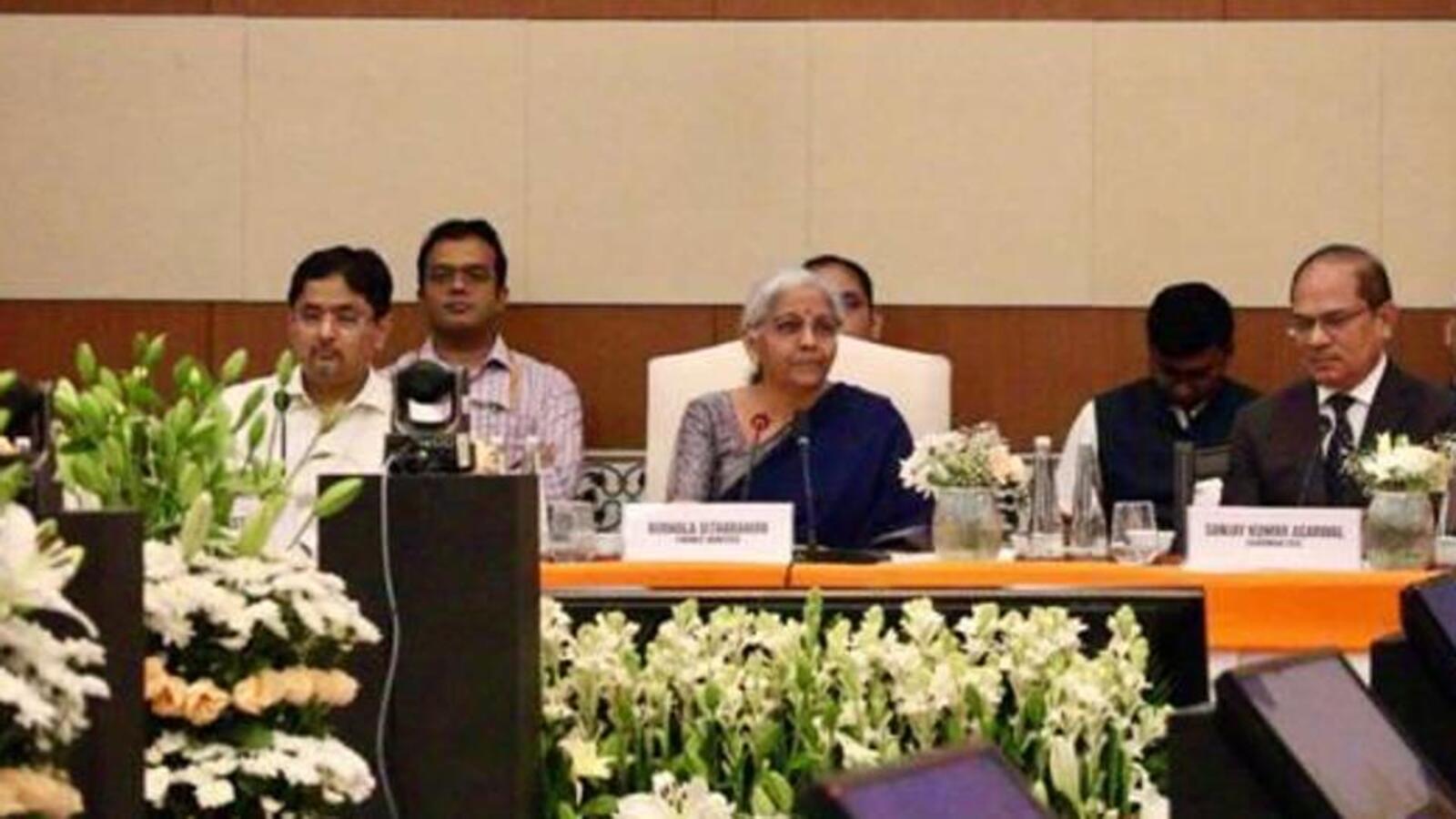New Delhi: Union Finance Minister Nirmala Sitarman told Karis on Friday that they make the goods and service tax registration process easier and more transparent with the use of technology and risk-based parameters.

Addressing a Conclave of the Central Board of Indirect Taxes and Customs (CBIC), Sitarman asked the officials to prepare an action plan to improve various parameters like GST registration, refund processing and taxpayers’ complaints.
The Conclave was attended by the chief chief commissioners, chief commissioners and directors and the Field Formation of CBIC in New Delhi.
During the conclave, the CBIC highlighted customs and performance of CGST zone on major indicators such as grievance redressal, refund, audit and enforcement. The Finance Ministry said in a statement that the average time for complaint settlement has been reduced by only nine days, much better than the 21-day timeline.
On refund, 85% of claims were processed within the legal 60-day range, this. The GST audit coverage increased from 62.21% to 88.74% in 2024-25 in 2022-23. GST theft had improved to detect 2,23,170 crore in 2024-25, with voluntary payment 28,909 crores. This is zero the number of taxpayers repeated for the audit more than once in three years.
In the field of increased trade facility, cargo facility has been steadily increased through the Risk Management System (RMS), with the feature of 86% of cargo in 2025, above 82% in 2022. Similarly, in 2024–25, 2140.35 kg when it was handed over by Cena, it was handed over more than SPMCIC.
The Finance Minister also directed the Central GST (CGST) structures to launch a targeted awareness campaign between taxpayers, business associations and industry bodies regarding mandatory documents required for GST registration, especially for those related to the major location of business, especially for those.
He said that it would help in reducing rejection and delay in registration and enabling rapid processing of application, he said. The minister also instructed CGST zonal heads to be a dedicated helpdesk for GST registration to facilitate taxpayers in the application process.
Sitarman highlighted the need to ensure that GST ‘Seva Kendras’ and Customs ‘Turna Facilitation Center’ is well maintained and maintained properly, so that taxpayers get timely and quality assistance on time.
Emphasizing the taxpayer Trust, he called for a targeted and constant focus on grievance redressal, ensuring timely solutions of questions and complaints through better systems and accountability.
Sitharaman also asked the need to find a solution to reduce the gap between detection and recovery, and Sitharaman also asked for the closure of probe for probe and CGST cases. At the same time, the minister emphasized the need to stop tax evasion and wrongly input tax credit (ITC) claims.
NTRS 2025
Sitarman also released the fifth edition of the National Time Release Study – NTRS 2025. According to the report, India has seen significant improvements in the average cargo release time in all four categories – Cipports, Inland Container Depot (ICD), Integrated Check Post (ICP) and Air Cargo Complex (ACC).
Time Release Study (TRS) is a performance measurement tool that provides a quantitative evaluation of the time taken for cargo release, which helps evaluate the efficiency of the evacuation process. Since 2019, TRS has been held at 15 major locations, including CIPL, ACC, ICD and ICP.
In the import section, the average release time (ART) between 2023 and 2025 declines by about six hours, ACC about five hours and ICPS by about 18 hours. A statement by the Finance Ministry has increased by about 12 hours in the ICDS case, citing the report.
The statement said that a major strength of India’s TRS is contained in the use of accurate and reliable data directly from the Customs Automatic System run by the Directorate General of System and Data Management, stated in the statement.
Over the years, the scope of TRS has expanded considerably. It began as a report measuring the release time at selected gateway ports, now it includes other areas of significant importance, such as transit cargo, courier shipment and commodity-specific assessment, it said.
The fifth version also adopted advanced functioning to enable stage-wise and process-specific evaluation. The version marked another milestone by transporting its geographical coverage to three additional ports – Kochi Cottles, Gari Harsu ICD and Jiagaon Land Customs Station (LCS).
